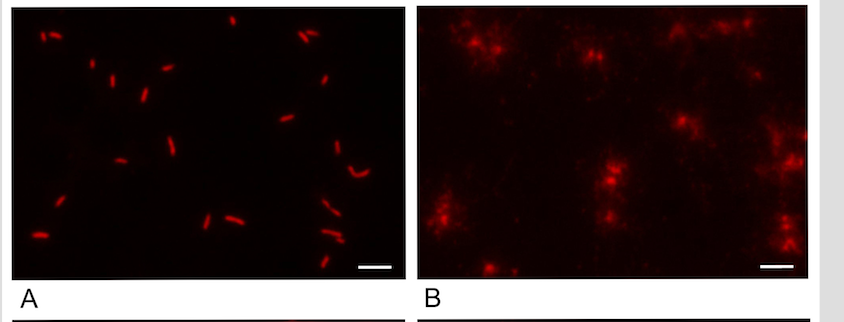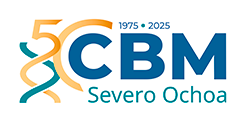Scientific Program
Interactions with the environment
RESEARCH GROUP
Biotechnology and genetics of extreme thermophiles

Mario Mencía Caballero
My group pursues three convergent themes: i) to generate new ways to evolve proteins for biotechnology using thermophilic bacteria, ii) to understand the genome plasticity mechanisms of the Thermus genus, and iii) to shed light on the early events in the evolution of Bacteria, Archaea and Eukarya. These three themes converge on the general question of, what are the drives and mechanisms of evolution of cellular forms, and, how can we benefit from them.

Research
As a way to be able to harness evolution in a biotechnology workhorse, such as Thermus thermophilus is, we want to understand the processes that contribute to the genome plasticity of this organism such as, mechanisms of horizontal gene transfer, defense mechanisms against those and genome repair pathways and their mutual interactions. The main defense systems we are currently studying are the Argonaute programmable nuclease, the DNA primase-polymerase Primpol and the AddAB complex (equivalent to RecBCD). The recombinational repair pathways we are studying are RecFOR, RecJ and HerA-NurA. The analysis of these routes also show the strategies utilized by a extreme thermophile to cope with the DNA damage caused by the high temperatures. Following this we are developing a new system for continuous culture, induced diversity generation and selection of improved variants in an iterative automated process. The new systems we are developing will be used for the discovery of thermostable proteins and in the isolation of thermostable variants of enzymes that could better respond to the requirements for industrial biocatalysts or in other applications in the field of Molecular Biology, such as gene edition. And on the same line, we are testing the possibilities of this organism in plastic (polyethylene terephtalate and polystyrene) residue degradation and metabolization, to try to generate a possible solution to the problem of the plastic waste accumulation in the world.
Also sharing the evolution theme, I am interested in the early evolutionary events that led to the split of Bacteria and Archaea in the first place and the emergence of Eukarya in a second stage. As for the split Bacteria-Archaea I posit a divergence based on the proton gradient and the key and unaltered differences between the archaeal membranes and those of bacteria. Differences eventually translated to mitochondria and eukaryotes. Regarding the emergence of eukaryotes, according to my theory, the pivotal event would be the association of a protophagocytic organism (derived from asgard archaea) with an alpha-proteobacteria that enabled the acidic digestion process to appear and this was to be critical for the emergence of phagocytosis, mitochondria, and eventually the rest of eukaryotic features.
Group members

Mario Mencia Caballero
Lab.: 121 Ext.: 4664
mmencia(at)cbm.csic.es

Samuel Jimena López
Lab.: 121 Ext.: 4664
sjimena(at)cbm.csic.es

Bruna Fernanda Silva de Sousa
Lab.: 121 Ext.: 4664
bruna.desousa(at)cbm.csic.es

Sara Quiles Hernández
Lab.: 121 Ext.: 4664

Noemí López Rubio
Lab.: 121 Ext.: 4664

Hannah Imbusch
Lab.: 121 Ext.: 4664
Selected publications

Acid digestion and symbiont: Proton sharing at the origin of mitochondriogenesis?
Mario Mencía.

Deletion of the primase-polymerases encoding gene, located in a mobile element in Thermus thermophilus HB27, leads to loss of function mutation of addAB genes.
Verdú C et al.

In vivo diversification of target genomic sites using processive base deaminase fusions blocked by dCas9
Beatriz Álvarez et al.

The archaeal-bacterial lipid divide, could a distinct lateral proton route hold the answer?
Mario Mencía.
Latest publications
Sponsors





